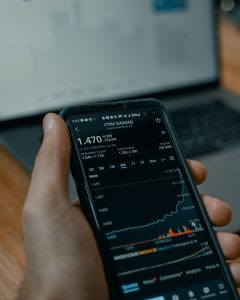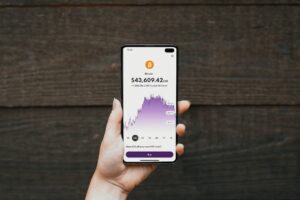Navigating Leverage in Forex: Expert Tips and Examples
Forex, short for foreign exchange, is the largest and most liquid market in the world. With a daily trading volume of over $6 trillion, it offers ample opportunities for individuals to profit from currency fluctuations. One of the key factors that make forex trading so popular is leverage, which allows traders to control a large amount of capital with a relatively small investment. However, navigating leverage in forex can be both a blessing and a curse if not used wisely. In this article, we will explore expert tips and examples to help traders understand and effectively manage leverage in forex.
What is leverage?
Leverage is a borrowing tool provided by forex brokers that enables traders to amplify their position sizes and potential profits. It is expressed as a ratio, such as 1:100 or 1:500, indicating the amount of capital a trader can control relative to their invested amount. For example, with a leverage ratio of 1:100, a trader can control $100,000 worth of currency with just a $1,000 investment.
Expert tips for managing leverage:
1. Understand the risks: While leverage allows traders to magnify their potential profits, it also amplifies potential losses. It is crucial for traders to fully comprehend the risks involved before engaging in leveraged trading. Educate yourself on risk management strategies and set appropriate stop-loss orders to limit your losses.
2. Start small: If you are new to forex trading or leverage, it is wise to start with a small leverage ratio. This allows you to gain experience and confidence while minimizing the risk of significant losses. Gradually increase your leverage as you become more proficient and comfortable with the market dynamics.
3. Have a trading plan: A well-defined trading plan is essential for successful forex trading. It should include risk management strategies, entry and exit points, and a clear understanding of your leverage usage. Stick to your plan and avoid impulsive decisions driven by emotions.
4. Choose a reliable broker: The choice of a reputable forex broker is crucial when it comes to leverage trading. Look for brokers that are regulated by respected financial authorities and have a strong track record. Read reviews, compare fees, and evaluate the quality of their customer support before making a decision.
Examples of leverage in forex trading:
To illustrate the potential impact of leverage, let’s consider two hypothetical scenarios:
Scenario 1: Trader A has a $10,000 trading account and decides to use a leverage ratio of 1:100. With this leverage, Trader A can control a position size of $1,000,000. If the exchange rate moves in Trader A’s favor by 1%, the profit would be $10,000 ($1,000,000 x 1%). However, if the exchange rate moves against Trader A by 1%, the loss would also be $10,000. In this scenario, leverage amplifies both profits and losses.
Scenario 2: Trader B has a $10,000 trading account and decides to use a leverage ratio of 1:10. With this leverage, Trader B can control a position size of $100,000. If the exchange rate moves in Trader B’s favor by 1%, the profit would be $1,000 ($100,000 x 1%). Conversely, if the exchange rate moves against Trader B by 1%, the loss would be $1,000. In this scenario, the impact of leverage is less significant compared to Scenario 1.
Conclusion:
Leverage can be a powerful tool in forex trading, allowing traders to maximize their potential profits. However, it is important to approach leverage with caution and implement proper risk management strategies. Understanding the risks involved, starting with a small leverage ratio, having a trading plan, and choosing a reliable broker are all key factors in navigating leverage successfully. By following these expert tips and examples, traders can enhance their chances of success in the dynamic world of forex trading.





